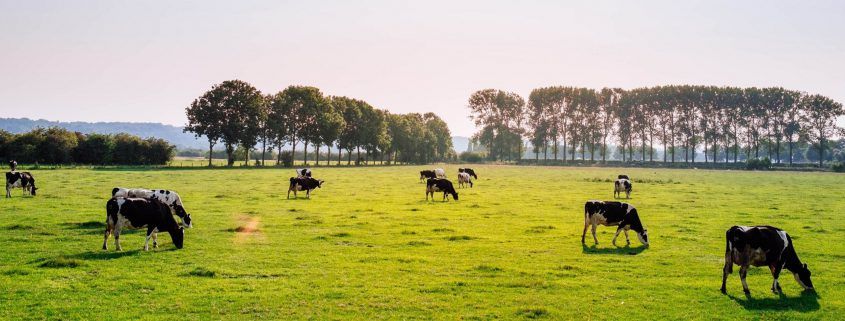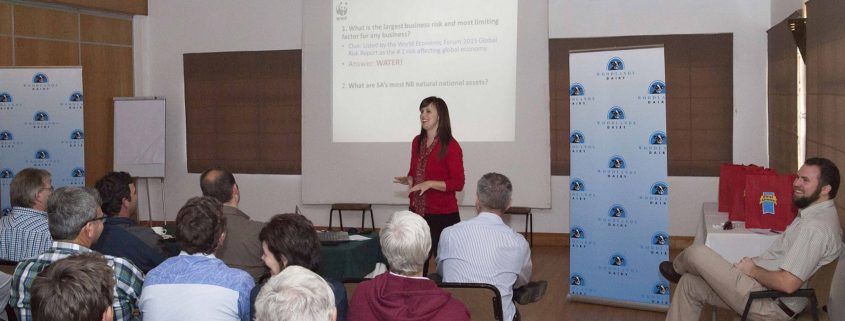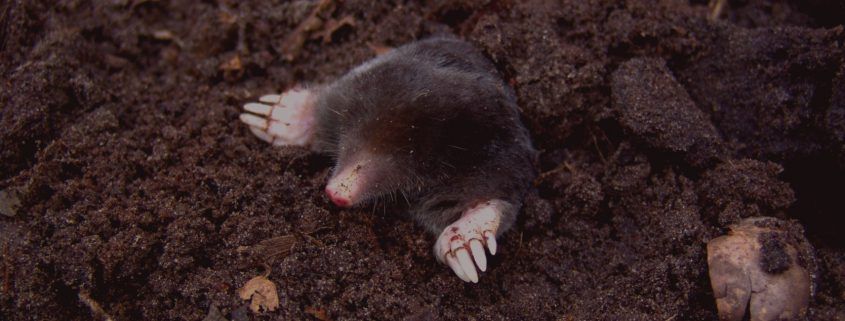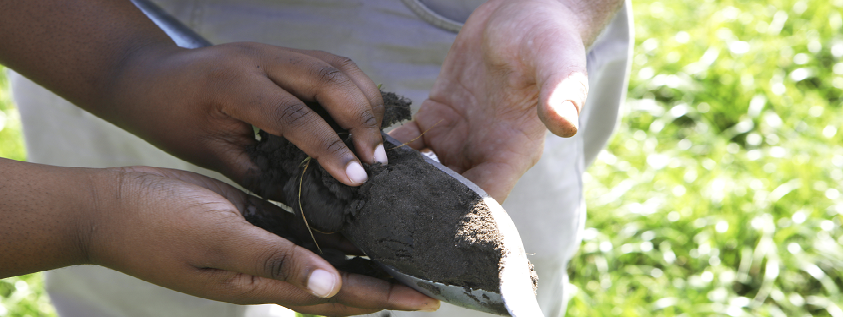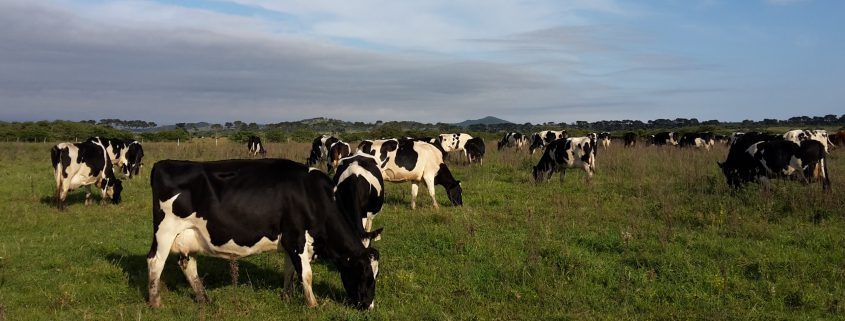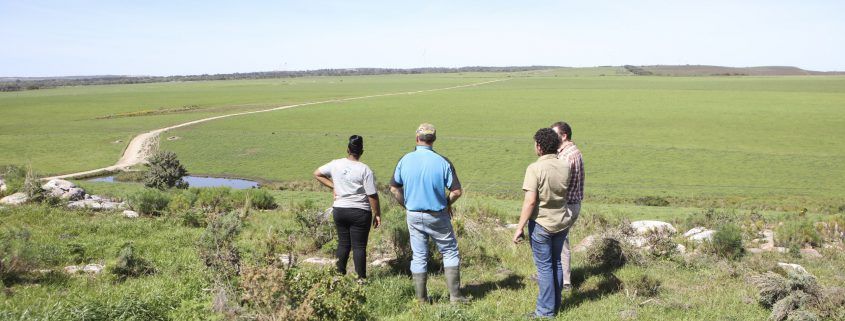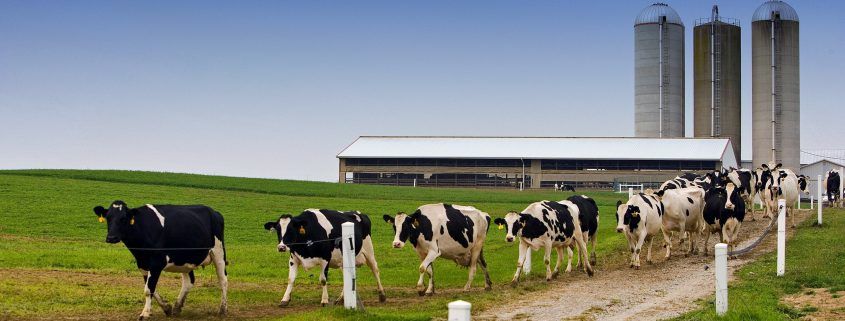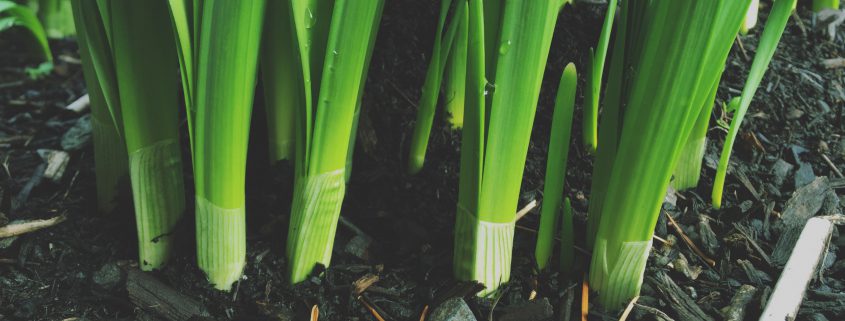A practical way to assess your soil
Here is a practical guide based on the work by Graham Shepherd to assess the health of your soil visually. Use this guide in association with the sustainability indicators if you want to improve your soil health.
What is pasture-based dairy farming?
On pasture-based dairy farms, farmers try to imitate the way that nature works.
Farmers are stewards of the environment
The farmers who attended were provided with a fresh perspective and encouragement on how to approach environmental stewardship on their farms.
Environmental stewardship is an important pillar of agricultural sustainability
One of the important take away points of the day was that this generation (producers, retailers, consumers) needs to understand and appreciate that they have in their hands the opportunity to ask questions, come up with solutions and create awareness across the world about why stewarding the environment is crucial.
Soil Biology,the engineers in the soil
Microorganisms like fungi and bacteria use the carbon, nitrogen, and other nutrients in organic matter as food in order to obtain energy to survive. Microscopic soil animals like protozoa, amoebae, nematodes, and mites feed on the organic matter, fungi, bacteria, and each other for the same purpose.
What lies beneath the surface…
Have you ever wondered what is going on beneath your soil? Do a basic visual soil assessment and compare it to the sustainability indicators in order to predict when soil quality starts deteriorating.
Cows might actually be part of the solution
When livestock farmers manage their pasture soils in a manner that supports soil health, in association with good grazing management practices, the result is soil that has the ability to convert carbon dioxide and methane gas into stable forms of carbon in the soil.
The role that farmers play
There is also a responsibility to being a land manager. Farmers are in a position to be stewards of the land that they manage.
Carbon footprint of a farm, why does it matter?
Every farmer that I have presented a carbon footprint of their farm to has expressed a desire to reduce it over time. One of the main reasons for this is because a carbon footprint is actually an indicator of broader farm sustainability.
So how do you actually go about building carbon in soil?
The carbon in plants is then transferred to the soil when plant roots and vegetation die and are incorporated into the soil by microorganisms in the soil.


